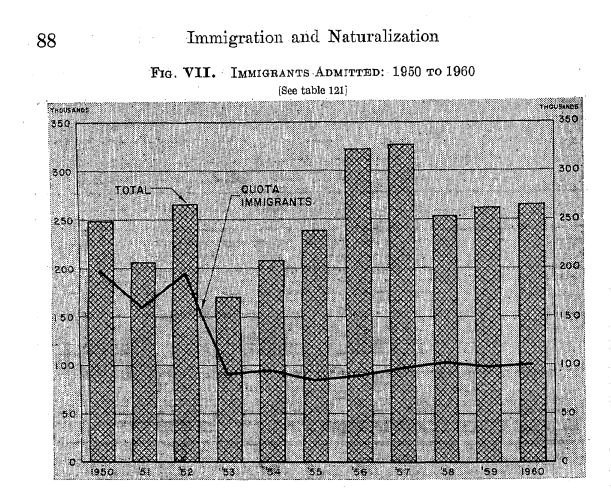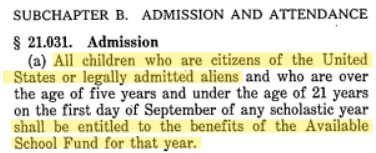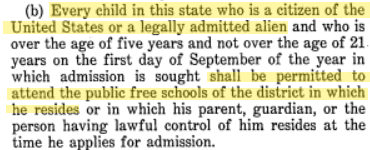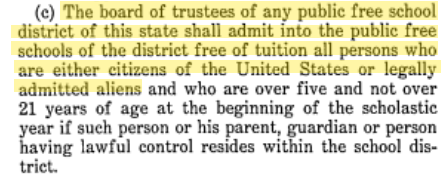
Undocumented immigrants in the United States after the Immigration and Nationality Act was passed in 1952, (United States Census, Immigratin and Naturalization, Figure 7)
Historically, immigrants have come to the United States seeking opportunities such as employment and better education for their children. Starting in the 1950s, policies were passed to cap visas, limiting immigration by country of origin.
"The total number of immigrant visas and the number of conditional entries made available to natives of any single foreign state under paragraphs (1) through (8) of section 203(a) shall not exceed 20,000 in any fiscal year…”
- SEo. 2. Section 202 of the Immigration and Nationality Act (66 Stat. 175; 8 U.S.C. 1152), 1952

Undocumented immigrants in the United States after the Immigration and Nationality Act was passed in 1952, (United States Census, Immigratin and Naturalization, Figure 7)
Mexican immigration rates, for example, significantly exceeded these restrictions, leading to more undocumented migrants in the United States.
States on the Southern Border, including Texas, saw disproportionately large immigrant groups from Latin America.
"In 1970, the Mexican-born population of Texas numbered 209,000. Fewer than 20,000 were foreign-born Asians; 81,000 came from Europe."
- Center for Immigration Studies
Soon, the issue of resources became a divisive topic, as undocumented immigrants were accused of draining the welfare system.
"...in many cases these illegal entrants and their families soon become a welfare burden on our society supported, in one way or another by American taxpayers…"
- Senator Strom Thurmond, 1973
Popular anti-immigrant public sentiment resulted in legislation aimed at limiting resources available to undocumented migrants.
"...when I became commissioner [of the INS] in 1973, we were out-manned, under-budgeted, and confronted by a growing, silent invasion of illegal aliens. Despite our best efforts, the problem—critical then—now threatens to become a national disaster.”
- Leonard Chapman, then Commissioner of the Immigration and Naturalization Service, 1975
As a result, there was little federal protection for undocumented immigrants, including the right to education. This left undocumented children’s access to schooling solely decided by state governments. Thus, while certain states admitted undocumented children, others could just as easily bar these students.
In 1975, this was actualized after the Texas State Legislature revised Education Code Section 21.031, allowing for the termination of state funds towards undocumented students’ education.

Tex. Educ. Code § 21.031(a) (1975)

Tex. Educ. Code § 21.031(b) (1975)

Tex. Educ. Code § 21.031(c) (1975)